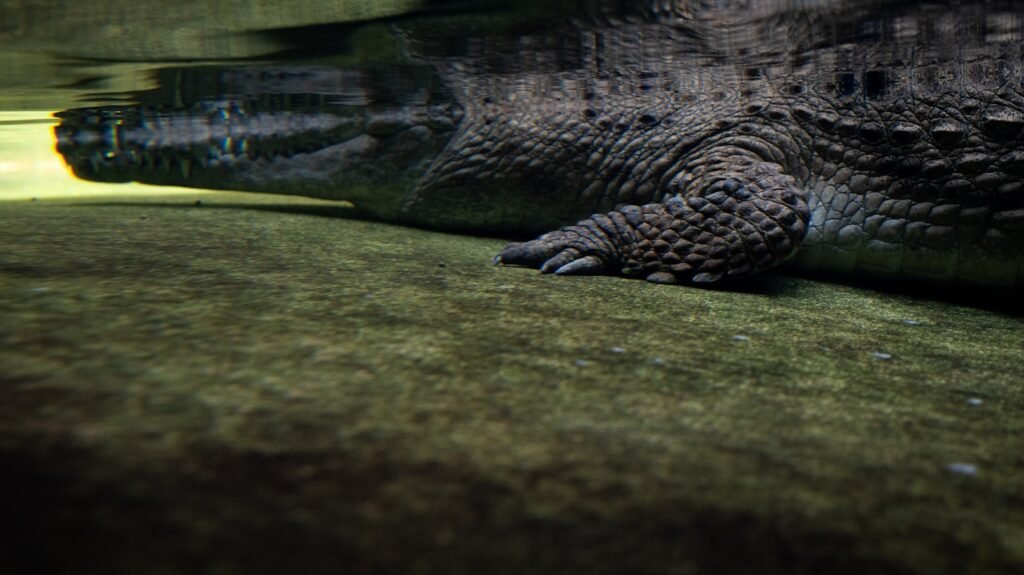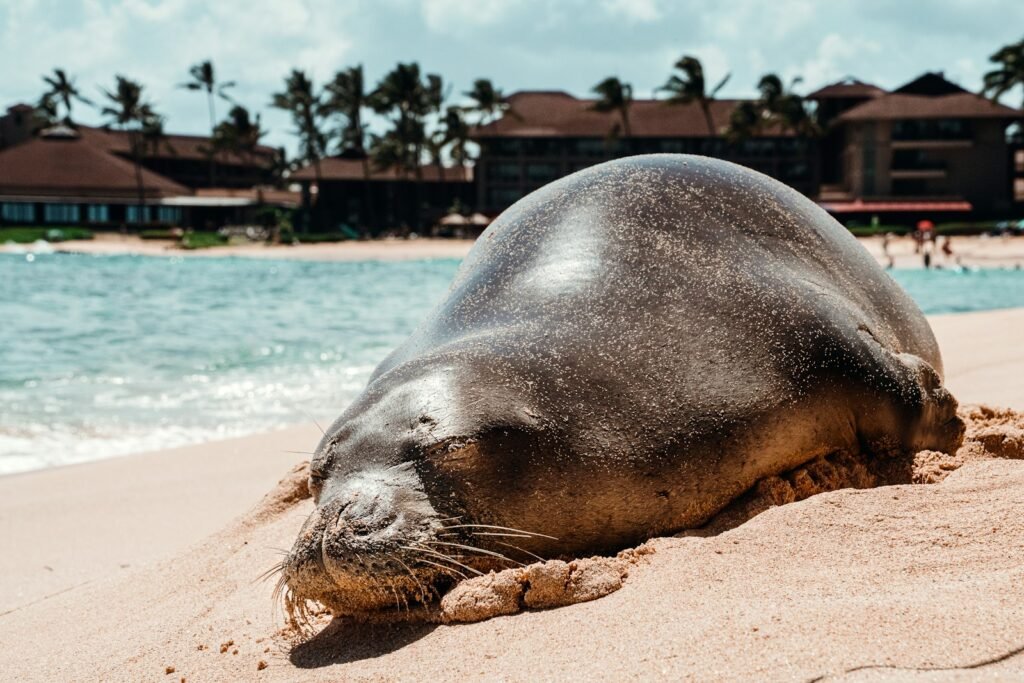For decades, the American alligator was a Southern ghost – present mostly in memory, hammered by unregulated hunting and shrinking wetlands. Today, Georgia’s blackwater rivers tell a different story: eyeshine glints at dusk, nest mounds rise on marsh edges, and biologists say the comeback is no fluke. The turnaround didn’t happen by accident; it’s the result of science-driven rules, habitat protection, and patient monitoring that rly makes headlines. The stakes remain high as climate extremes and development test this success, but the evidence is increasingly hard to ignore. This is the r conservation saga that bends from crisis toward renewal – and it’s still being written in the reeds.
The Hidden Clues
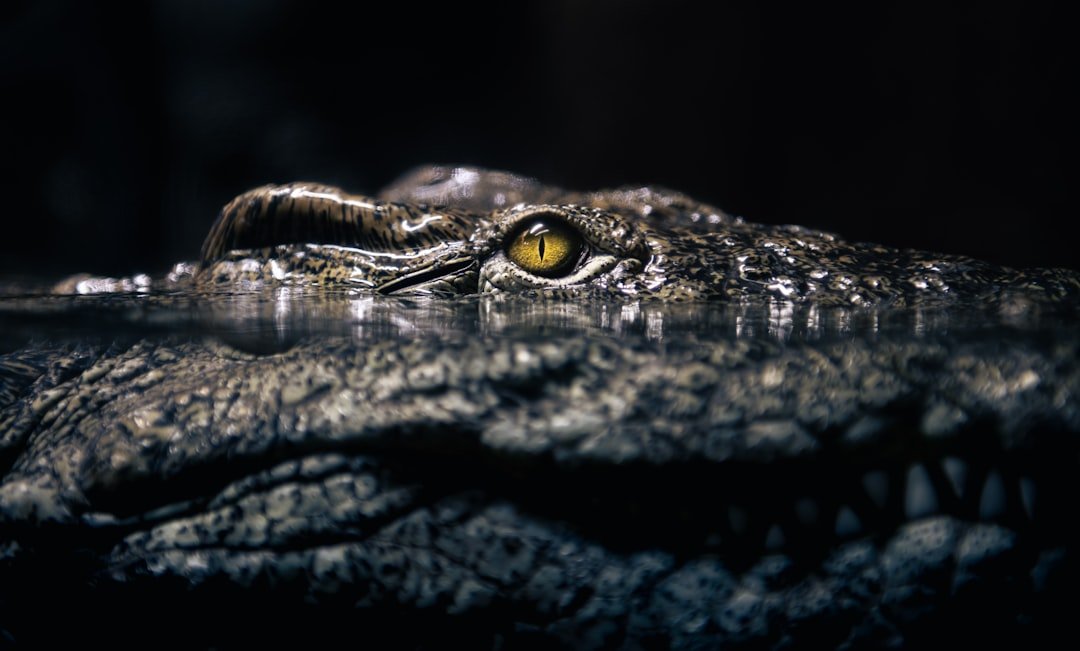
At night on the Altamaha or in the margins of the Okefenokee, trained eyes count light – tiny ruby reflections that betray an alligator’s gaze. Those dots, logged across fixed routes year after year, are one of the simplest, most reliable ways to track trends. Add nest mounds – carefully measured for size, placement, and hatch success – and you get a living ledger of recovery. The quiet routine feels almost old-fashioned, but it grounds the story in facts rather than folklore.
Field teams layer in newer tools without abandoning the basics. Stomach-content sampling and growth measurements reveal how gators fit back into food webs, and where prey is plentiful or scarce. Even the spacing of slides on muddy banks – those smooth chute-like streaks where gators haul out – points to where habitat is working, and where it’s not. It’s detective work, scaled to a swamp.
From Crisis to Playbook
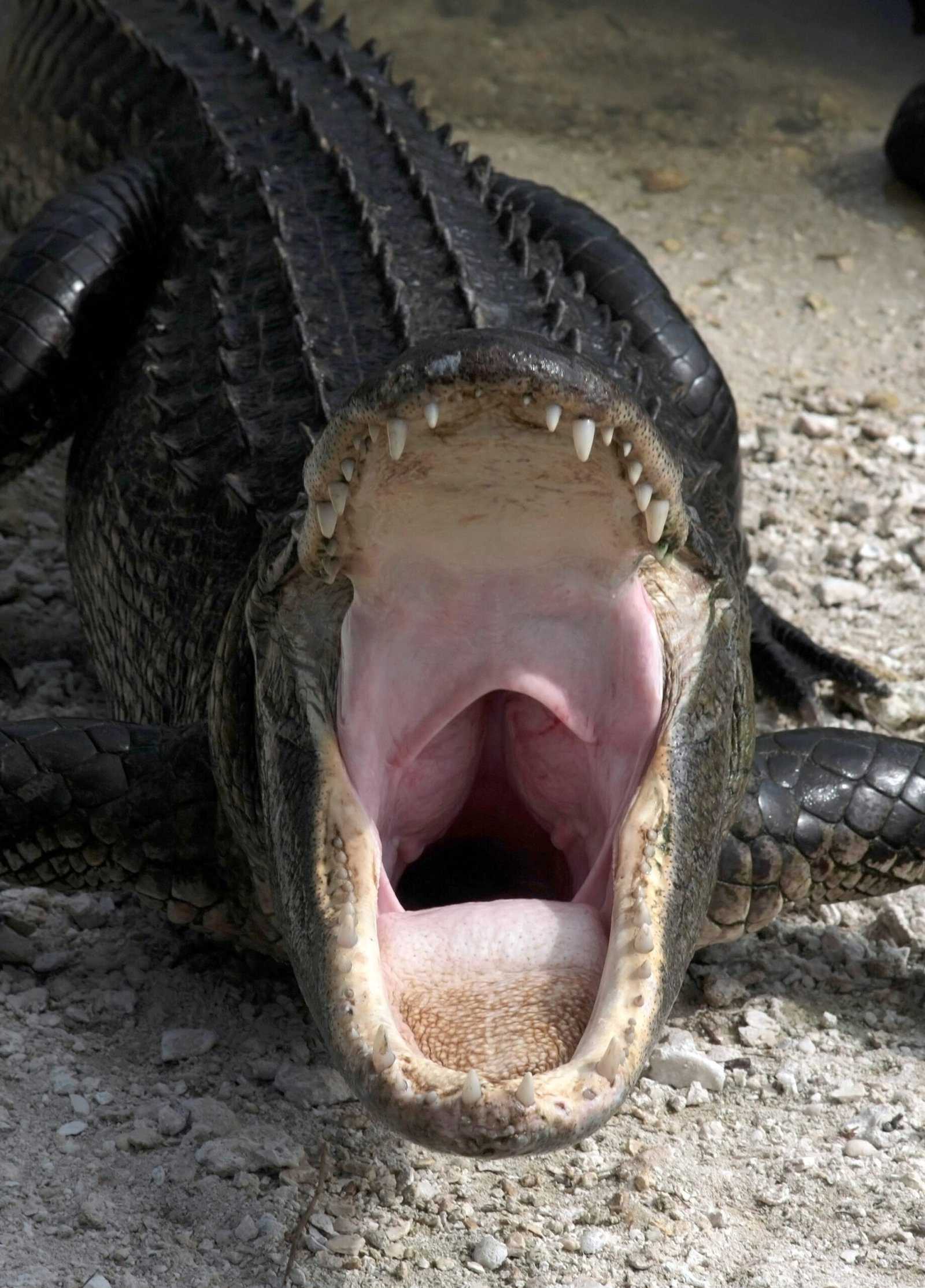
The American alligator’s decline during the mid‑twentieth century was steep, driven by overharvest and habitat loss. Federal protection arrived in the late 1960s and early 1970s, closing the door on commercial exploitation and setting the stage for recovery. By the late 1980s, the species was officially recognized as restored in much of its range, shifting management from triage to stewardship. Georgia’s agencies built a playbook from that turning point: protect key wetlands, set cautious quotas, and monitor relentlessly.
The approach treats alligators like the long‑lived, slow‑to‑mature reptiles they are. Instead of boom‑and‑bust cycles, managers favor conservative, tag-based harvests calibrated to local data. Nuisance removals prioritize public safety while minimizing impacts on breeding adults, the population’s engine. The philosophy is simple: protect the pillars and the house stands.
Measuring the Comeback
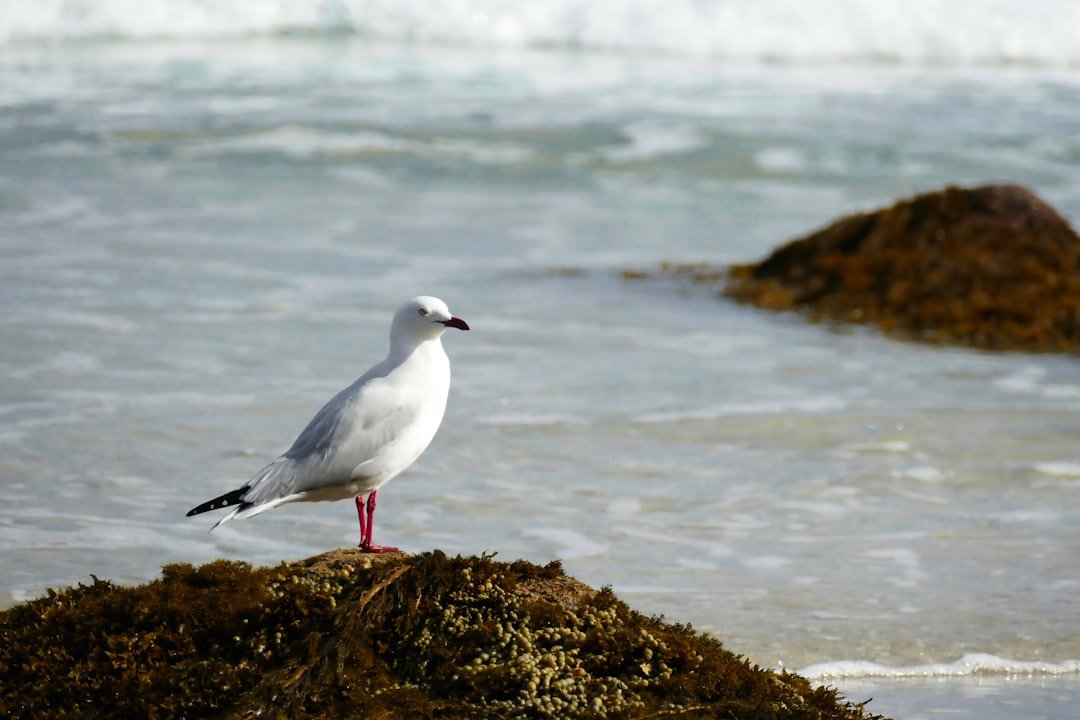
Numbers matter in conservation, but trends tell the deeper truth. Across Georgia’s Coastal Plain, spotlight counts and nest surveys have stabilized or risen in many monitored stretches, especially where freshwater refuges and marsh mosaics remain intact. Neighboring states report robust totals that echo the regional rebound, with Georgia’s share landing comfortably in the healthy range for suitable habitat. The science community reads these patterns as a sign that protections and prudent harvest frameworks can coexist.
– The species was removed from the federal endangered list in the late 1980s after sustained population gains across the Southeast. – Wildlife agencies in Florida and Louisiana report very large, stable populations; Georgia’s estimates sit lower but in the hundreds of thousands where habitat allows. – Nesting success improves where water levels are managed to avoid extreme drought or late-season inundation, a small shift with outsized results.
Why It Matters
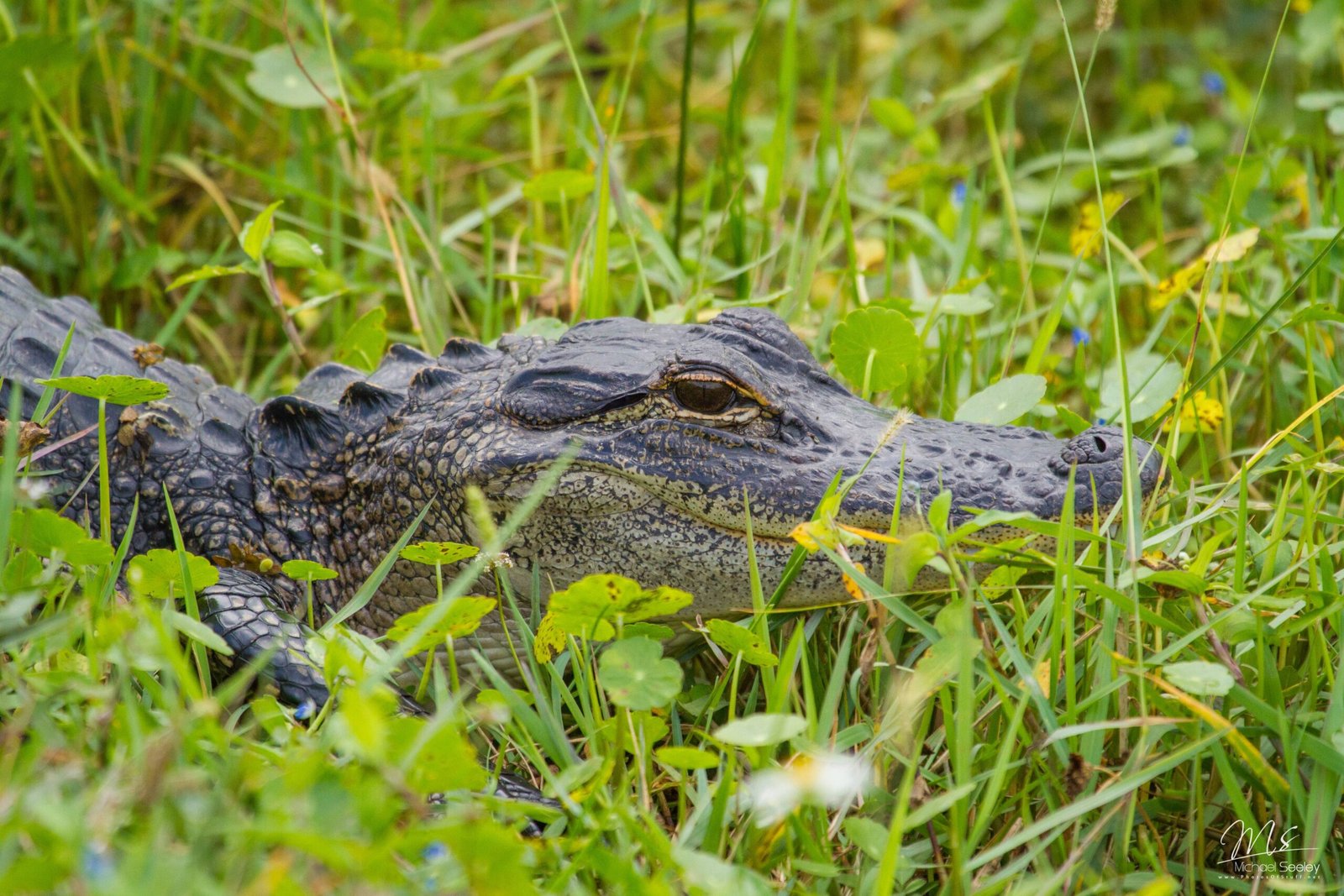
Alligators are more than a comeback headline; they’re keystone engineers in Southern wetlands. Their nest-building and wallowing create “gator holes” that hold water through drought, keeping fish, amphibians, and invertebrates alive when ponds shrink. That ripple sustains wading birds and turtles, and it steadies food webs that would otherwise wobble with every heat wave. When apex predators return, ecosystems become less brittle and more capable of absorbing shocks.
There’s also a human dividend. Healthy marshes buffer storm surge, filter water, and support fisheries, and gators thrive in those same resilient landscapes. Community economies – from eco‑tour outfitters to coastal research labs – benefit when wetlands are managed as assets rather than leftovers. Compared with past, extractive models, today’s science-led management delivers broader wins, not just for one species but for the living systems around it.
People in the Picture
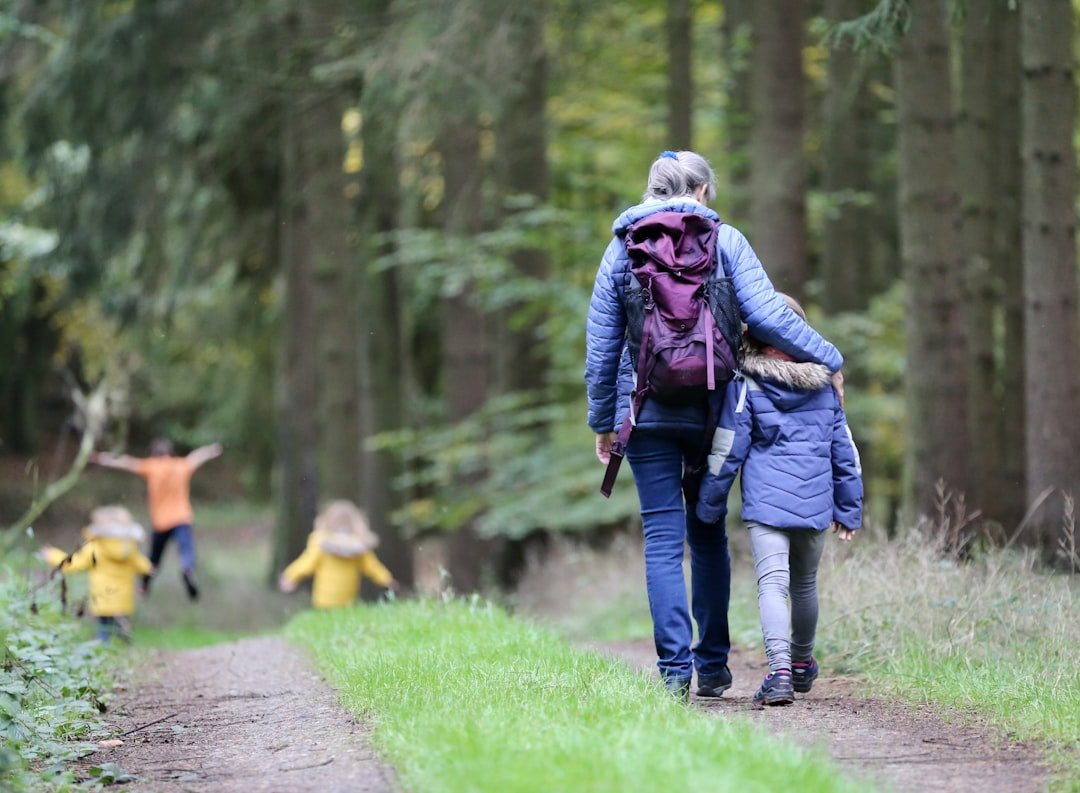
Coexistence is the quiet backbone of Georgia’s success. Public education campaigns emphasize keeping pets leashed near water, securing fish scraps, and giving gators room – simple habits that prevent conflicts before they start. When a large animal turns up in a neighborhood pond, trained crews evaluate, relocate when feasible, and remove only when risk outweighs alternatives. Those decisions protect people while keeping breeding adults on the landscape whenever possible.
I’ve watched families pause on a boardwalk as a juvenile slipped beneath lily pads, curiosity and caution held in a delicate truce. That moment – respect at ten yards – isn’t an accident; it’s the result of years of outreach and signage that normalize safe distance and smart behavior. The more Georgians understand gator rhythms, the fewer crises demand heavy‑handed responses. Coexistence becomes muscle memory.
From Ancient Tools to Modern Science
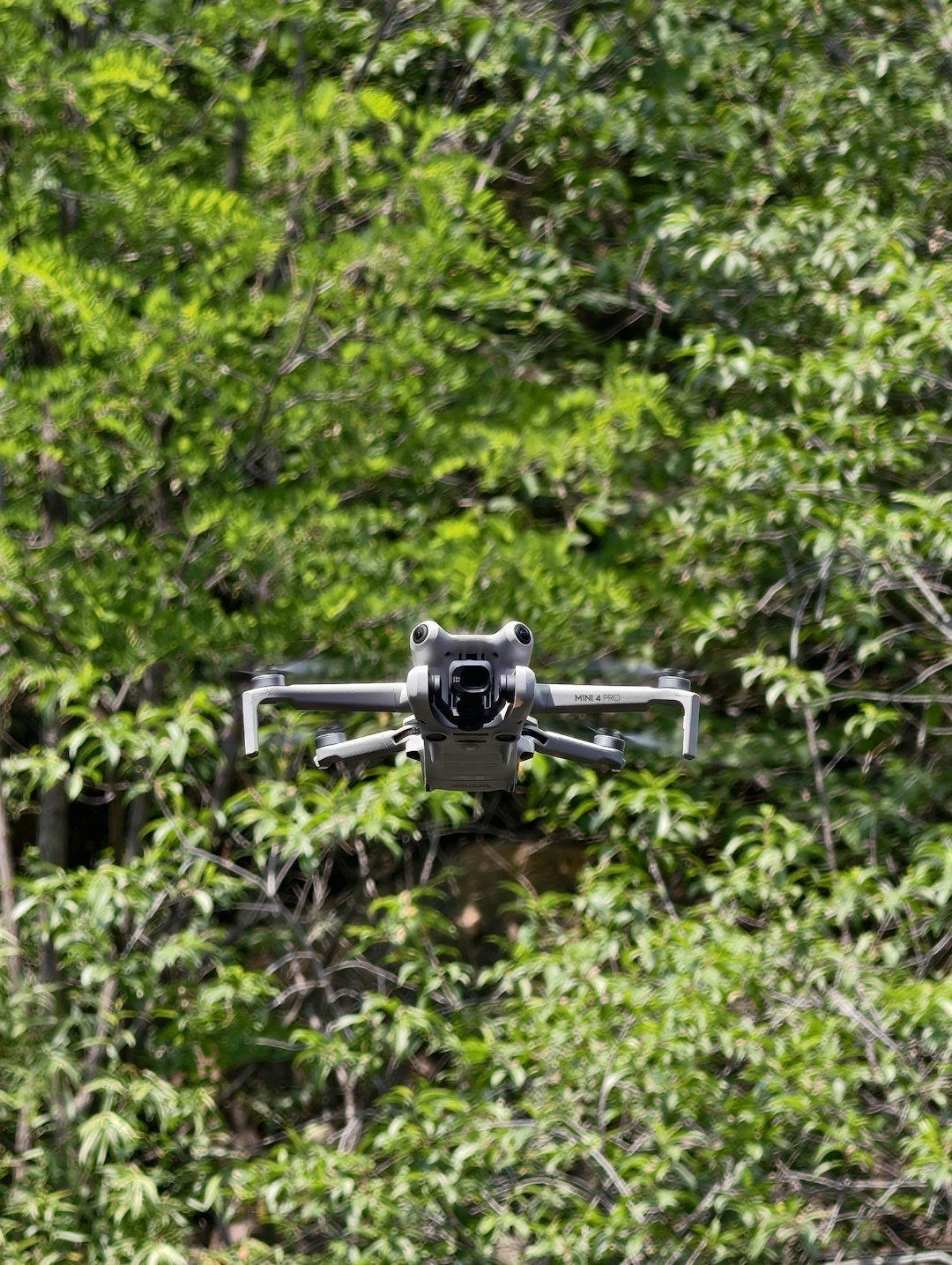
Management has moved beyond binoculars and notebooks to include drones, thermal cameras, and GPS transmitters on select animals. Aerial surveys pick up warm nest mounds tucked in emergent vegetation that boat crews might miss, while satellite tags reveal how big adults commute between cypress ponds and tidal creeks. Water samples are now screened for environmental DNA, a genetic breadcrumb trail that flags presence even when animals stay hidden. These layered methods tighten estimates and reduce uncertainty.
Crucially, researchers track nest temperatures because sex is determined by heat during incubation, with specific temperature ranges determining sex ratios, with intermediate temperatures favoring males. That detail turns climate data into a management tool: shade, hydrology, and vegetation become levers to balance future sex ratios. Compared with earlier decades, when harvest logs stood in for population models, today’s analytics are sharper and more predictive. The result is a feedback loop that catches trouble early.
The Hidden Trade‑offs
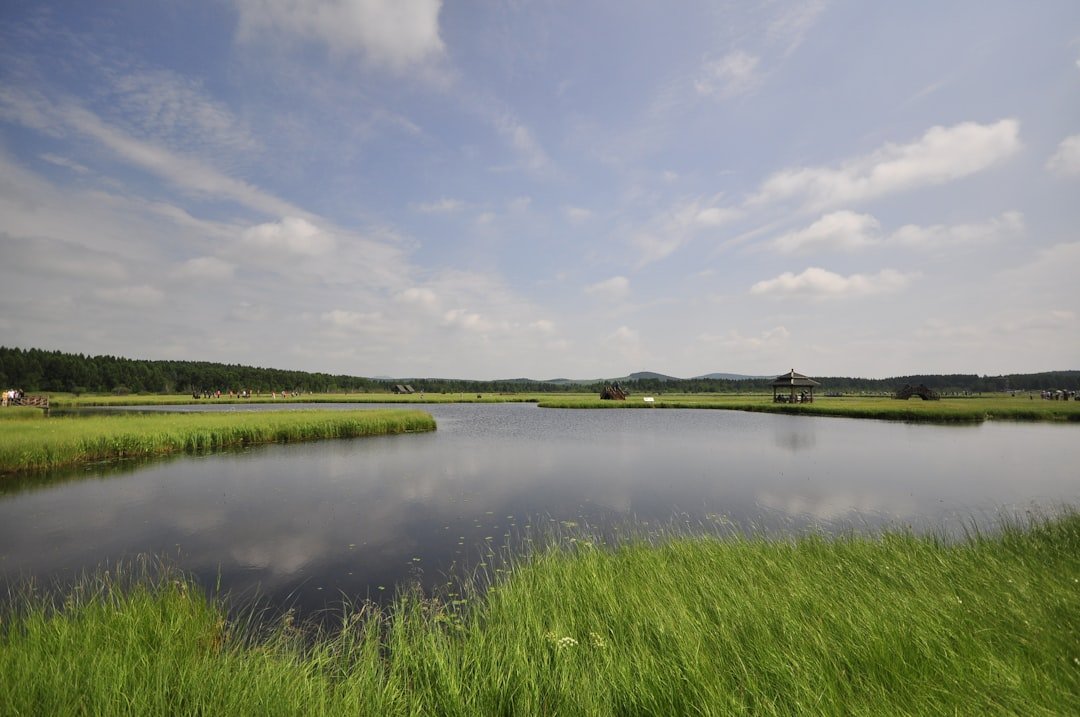
Wetlands near fast-growing towns face classic pressures: stormwater ponds replacing natural sloughs, bulkheads trimming marsh edges, and road crossings slicing up movement corridors. Each change looks minor until you add them together and discover the habitat mosaic has holes. Managers weigh those trade‑offs constantly – allowing limited, regulated harvests that maintain respect for the animal while funding science and enforcement. It’s a cautious balance, but it’s part of why the rebound has held.
Contaminants are another watchpoint for an apex predator. Mercury and microplastics climb food chains, so biologists test tissues to spot hotspots and trace sources. Where results raise flags, agencies can target cleanups or adjust advisories to keep communities informed. The science isn’t a headline; it’s a seatbelt.
The Future Landscape
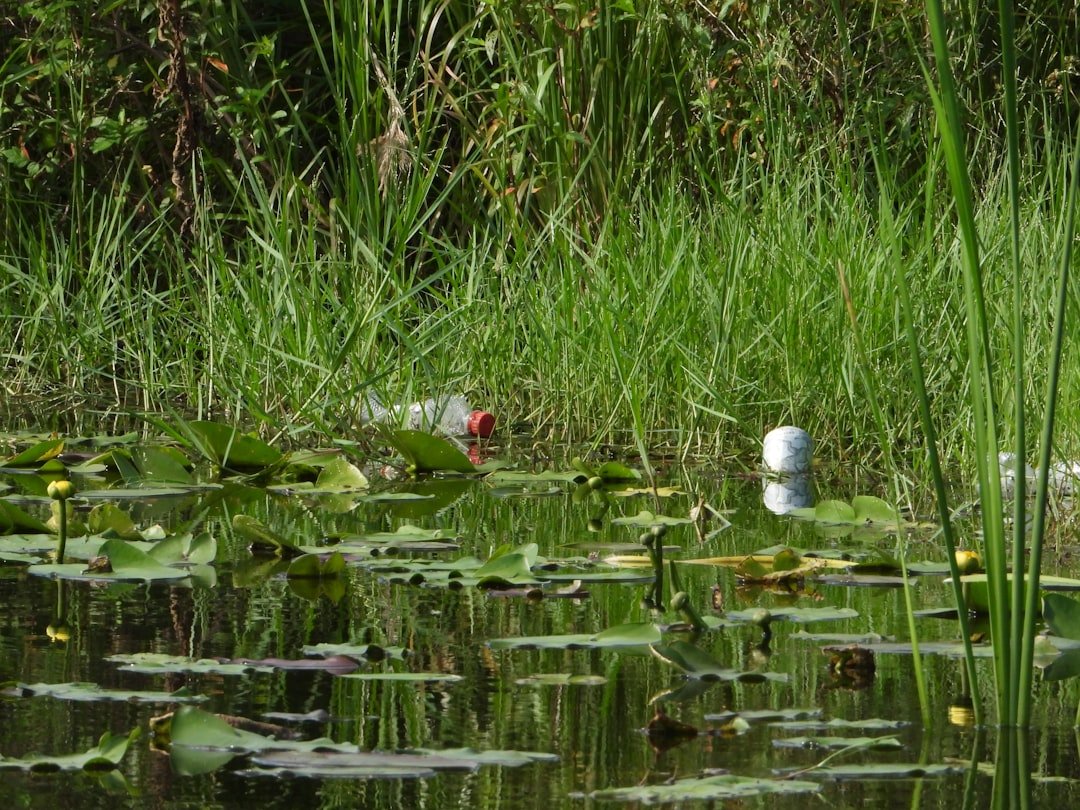
Georgia’s marshes and blackwater systems sit on the front line of climate shifts. Sea‑level rise pushes salt farther inland, droughts bite harder, and sudden deluges can drown nests that would have thrived in gentler years. Paradoxically, warming may also nudge the northern edge of alligator range, bringing occasional newcomers into waters that were once too cold for long-term survival. Planning has to account for both squeeze and spread.
Expect to see living shorelines, expanded freshwater buffers, and “smart” culverts that let wildlife pass while preventing neighborhood flooding. Data streams from satellites, river gauges, and nest loggers will feed models that forecast hatch success weeks in advance, letting crews adjust water levels where management is possible. Community science will matter too, as verified reports help track changes faster than any single agency can. The next chapter won’t be passive; it’ll be actively engineered resilience.
Conclusion
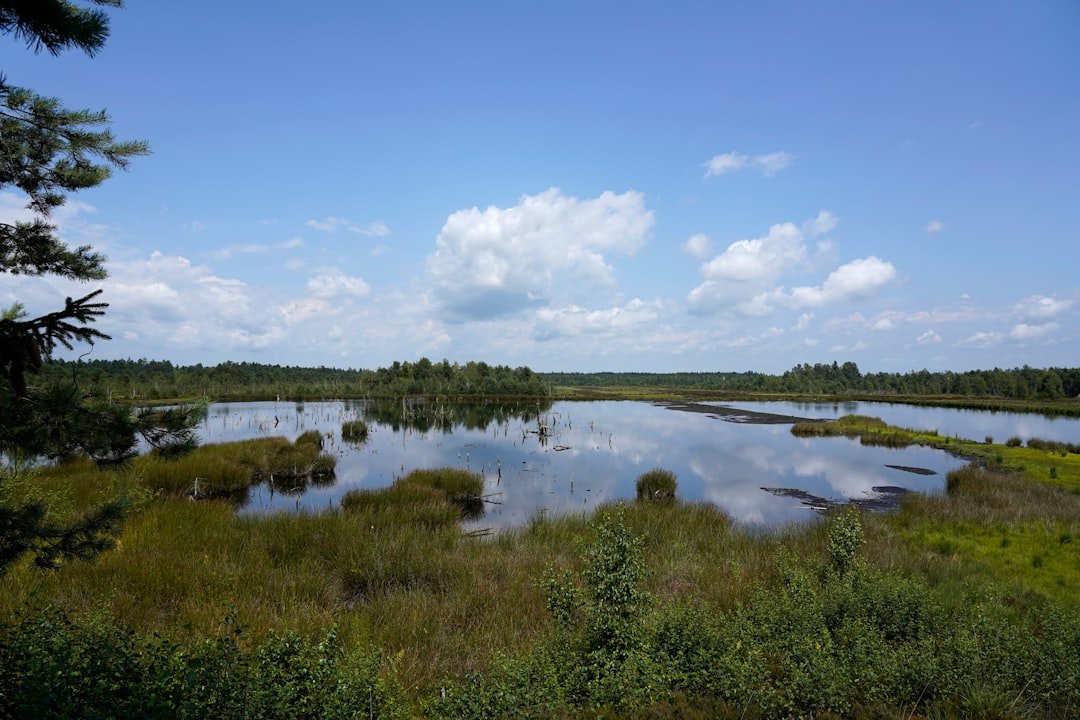
There’s a role here for anyone who cares about wild Georgia. Support wetland protections at the local level, especially ordinances that preserve natural buffers around ponds, creeks, and marsh. Keep a wide berth around gators – well beyond a body length – and teach kids the same, because good habits scale. Dispose of fish scraps in designated bins, secure trash lids, and never feed wildlife, which turns natural wariness into risky familiarity.
Consider volunteering with reputable habitat groups, logging verified wildlife sightings through state portals, or backing research funds that put tools in scientists’ hands. If you buy alligator products, choose legally tagged, certified sources that support regulated, sustainable programs rather than black‑market shortcuts. Small choices ripple through an ecosystem just like a gator’s slow wake at dusk – subtle, steady, and powerful. Ready to add your wake to the water?

Suhail Ahmed is a passionate digital professional and nature enthusiast with over 8 years of experience in content strategy, SEO, web development, and digital operations. Alongside his freelance journey, Suhail actively contributes to nature and wildlife platforms like Discover Wildlife, where he channels his curiosity for the planet into engaging, educational storytelling.
With a strong background in managing digital ecosystems — from ecommerce stores and WordPress websites to social media and automation — Suhail merges technical precision with creative insight. His content reflects a rare balance: SEO-friendly yet deeply human, data-informed yet emotionally resonant.
Driven by a love for discovery and storytelling, Suhail believes in using digital platforms to amplify causes that matter — especially those protecting Earth’s biodiversity and inspiring sustainable living. Whether he’s managing online projects or crafting wildlife content, his goal remains the same: to inform, inspire, and leave a positive digital footprint.

